Filters
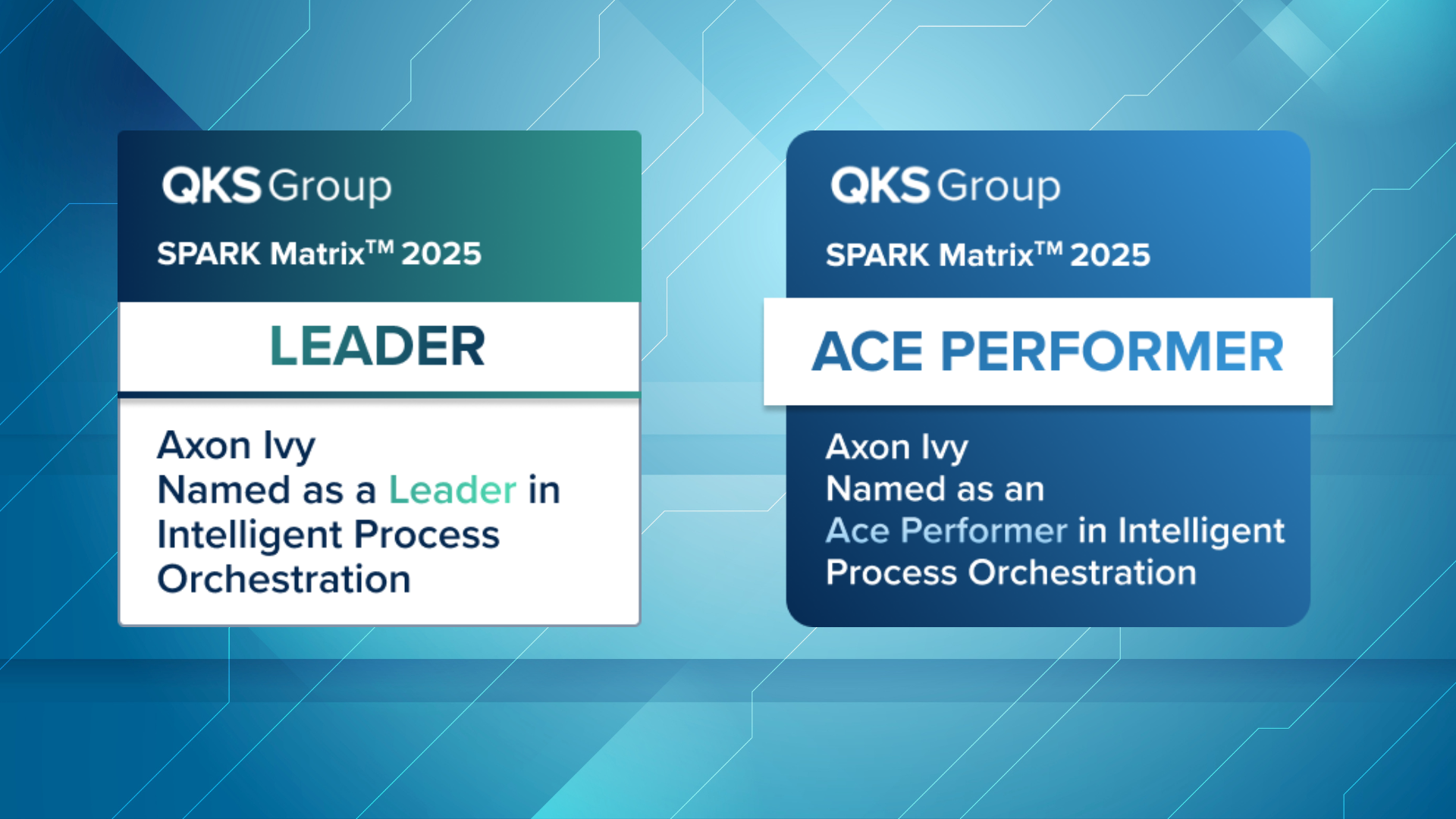
News
15
Sep
25
Solving for Complexity: Axon Ivy’s Approach to Real-World IPO
In an era where automation alone no longer delivers a decided strategic advantage, enterprises are shifting their focus ...
Read more
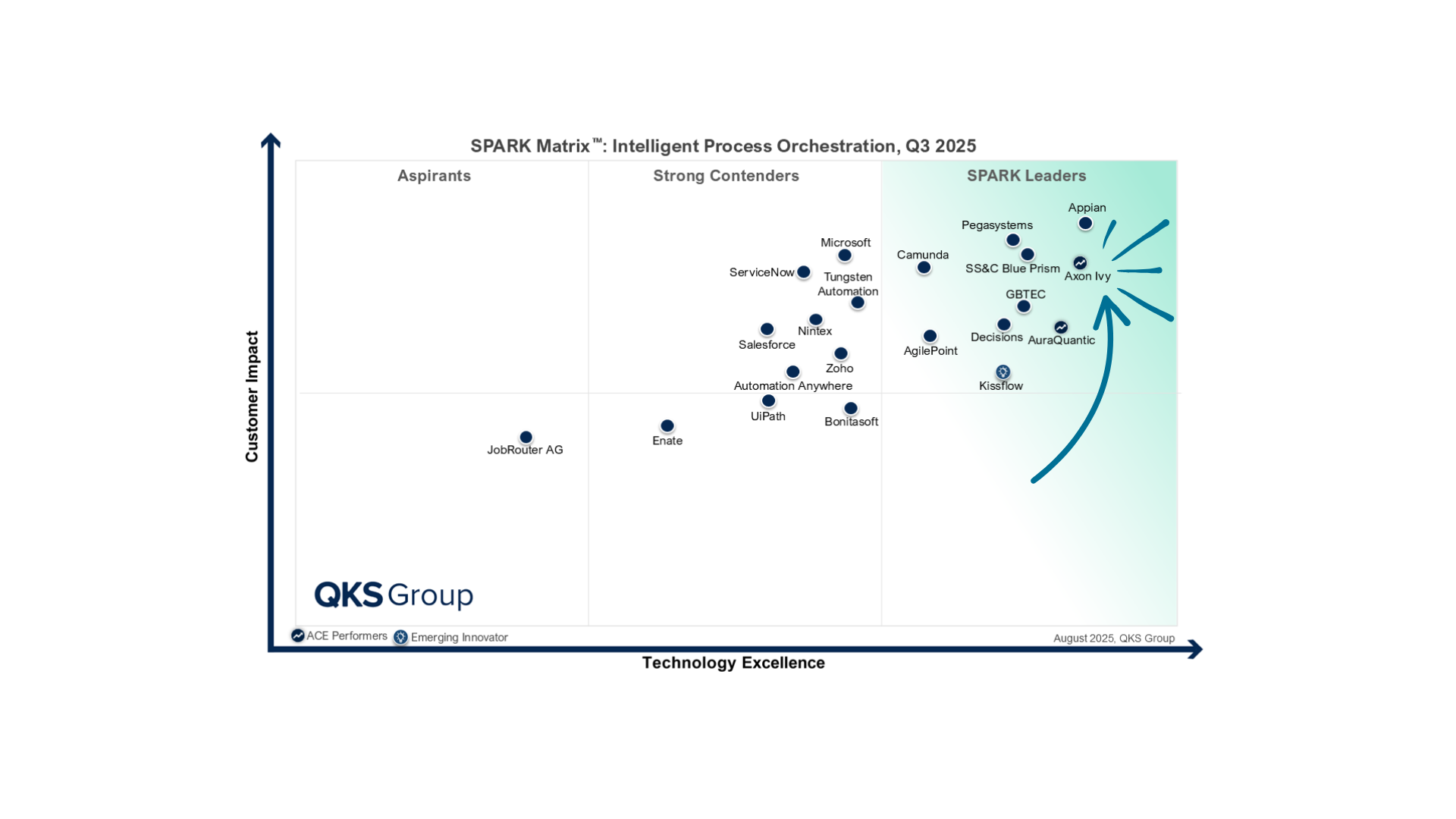
News
29
Aug
25
Axon Ivy: Technology Leader and Ace Performer in the 2025 SPARK Matrix
Axon Ivy has done it again! We have received two honors in the prestigious QKS Group SPARK Matrix™ Report 2025: ...
Read more

Going Digital Isn’t Enough: Why HR Still Falls Behind
The Challenge: According to McKinsey, 60% of HR resources are tied up in manual tasks, leaving only 10% for strategic ...
Read more

Digitalization Requires More Than Just Projects
Why true digital transformation requires more than isolated initiatives and how the right balance between strategic ...
Read more

Digital Process Excellence: Why Market Leaders Go Beyond the Standard
Uncover hidden efficiency killers: Why standard software slows you down—and how smart automation puts your business back ...
Read more

Replace HCL Notes? Migrate applications future-proof with Axon Ivy
End of Support for HCL Notes 9.x and 10.x: A Strategic Turning Point The discontinuation of support for HCL Notes ...
Read more

When HR Systems Spiral Out of Control: 5 Clues and Executive Fixes
Despite digital tools, many HR teams are stuck in silos, drowning in manual work, and cut off from the insights they ...
Read more
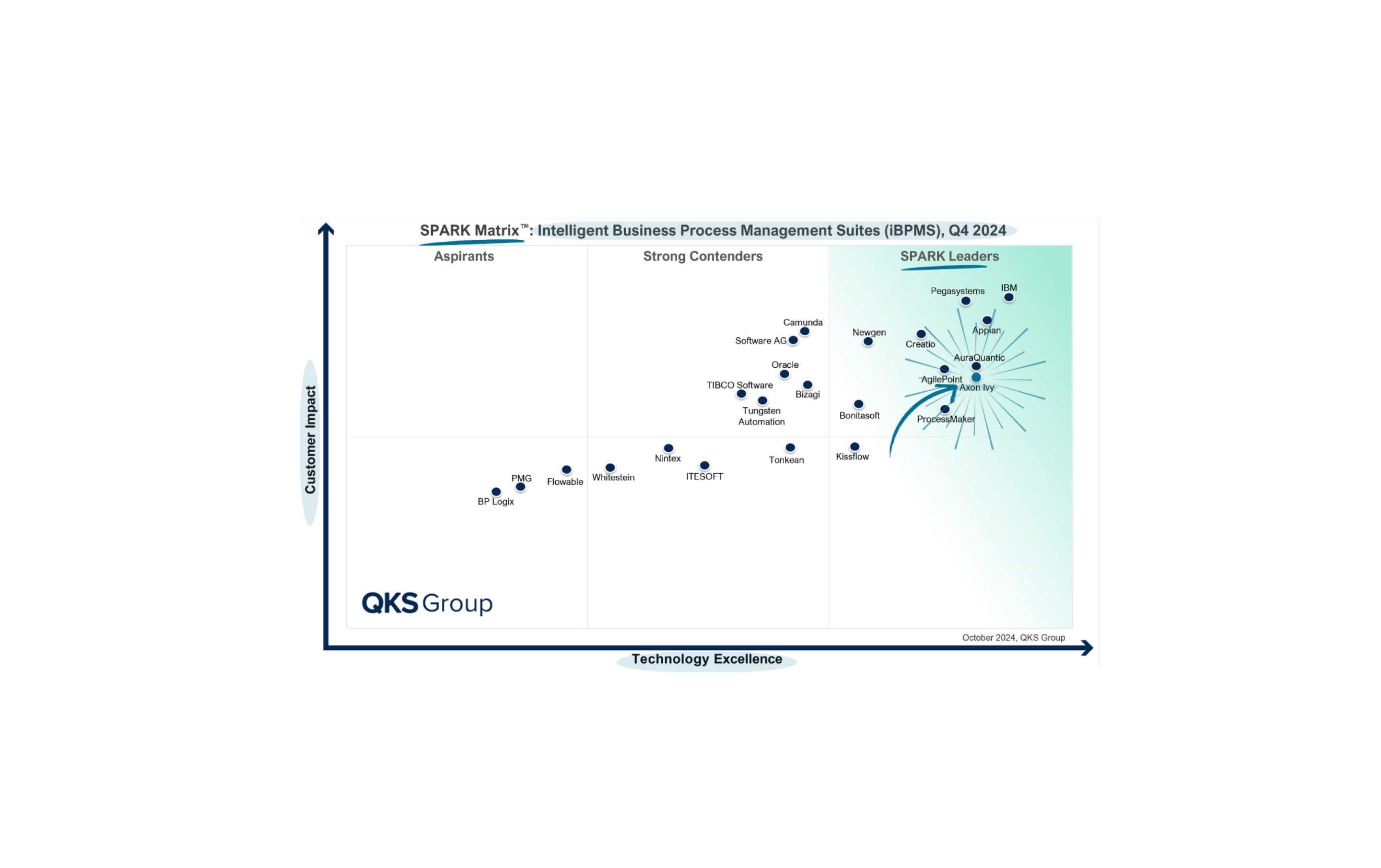
News
31
Oct
24
Axon Ivy Recognized as Leader in 2024 SPARK Matrix Report
We are delighted to announce that the QKS Group has positioned Axon Ivy as a Leader in their latest SPARK Matrix™ Report ...
Read more

Orchestration of Business Processes
In today's fast-paced business world, companies face increasing complexity in their IT structures and business ...
Read more

Business Orchestration & Automation Technologies: Riding Every Wave with BOAT
Higher, further, faster – new technologies are advancing at breakneck speed and business demands are higher than ever. ...
Read more

Digital Quality Management for Optimized Services
Time-consuming, paper-intensive, error-prone – quality control processes are usually laborious but essential. Regular ...
Read more

One-Stop HR Portal: Perfect Coordination Across Borders
Imagine all HR tasks perfectly organized, all information centralized, and status updates available in real time. ...
Read more

HR Redefined: Ricoh’s Europe-wide HR Transformation
Ricoh Europe is successfully driving change in HR. The company has enhanced its HR operations using the Axon Ivy ...
Read more

Low-Code – More Agility for Business Departments
While low-code development platforms are a hot topic, relying solely on these solutions doesn’t guarantee success. To ...
Read more

News
08
Apr
24
Smart Orchestration Redefines the World of Work
Axon Ivy: New Standards in Terms of Efficiency and Productivity In the digital era, innovative technologies play a ...
Read more

Maximize Efficiency: Five Steps to Identify Automation-Ready Processes
In order to remain competitive in the digital age, companies must automate and digitalize their business processes. This ...
Read more

With Optimized Processes Towards Automation
Thinking and planning are essential for companies to defend and expand their market positions. However, relying solely ...
Read more

Business Transformation Through Process Automation
Both business and society are constantly evolving. As a result, companies must anticipate changes or react swiftly to ...
Read more

Navigating Digital Transformation: Finding the Right Strategy
Most companies have automated business processes primarily for tactical reasons and often in isolated instances, ...
Read more

Service Design Thinking: The Rule? Question the Rule!
80% of companies believe they provide a perfect customer experience, yet only 8% of customers agree. This stark ...
Read more

News
16
Jan
24
Axon Ivy Stays Leading Software for Process Automation
In their current reports, leading IT and industry analysts from Forrester, Gartner, and Quadrant Knowledge Solutions ...
Read more

Process Automation for Medium-Sized Enterprises
The automation of processes is also increasingly becoming a key success factor for medium-sized enterprises. Competition ...
Read more

Are You Still Modeling or Already Digitizing?
When it comes to developing complex business processes, companies are faced with a range of everyday challenges: a ...
Read more

Ready for the Holiday Rush – With Axon Ivy, Your Cash Registers Are in Check
Nowadays, it is impossible to imagine retail without electronic checkout systems. They provide a comprehensive overview, ...
Read more

Radical Industry Transformation
As the saying goes, the only constant in life is change – this holds true today more than ever. Radical transformation ...
Read more

News
07
Nov
23
HR Redefined: With Digital Services Into the Future
Goal: Satisfied Employees, Attractive Employer International companies must digitally transform their HR departments to ...
Read more

Digitalization in Banking
In the course of the digitalization in banking, business process automation is increasingly becoming a key success ...
Read more
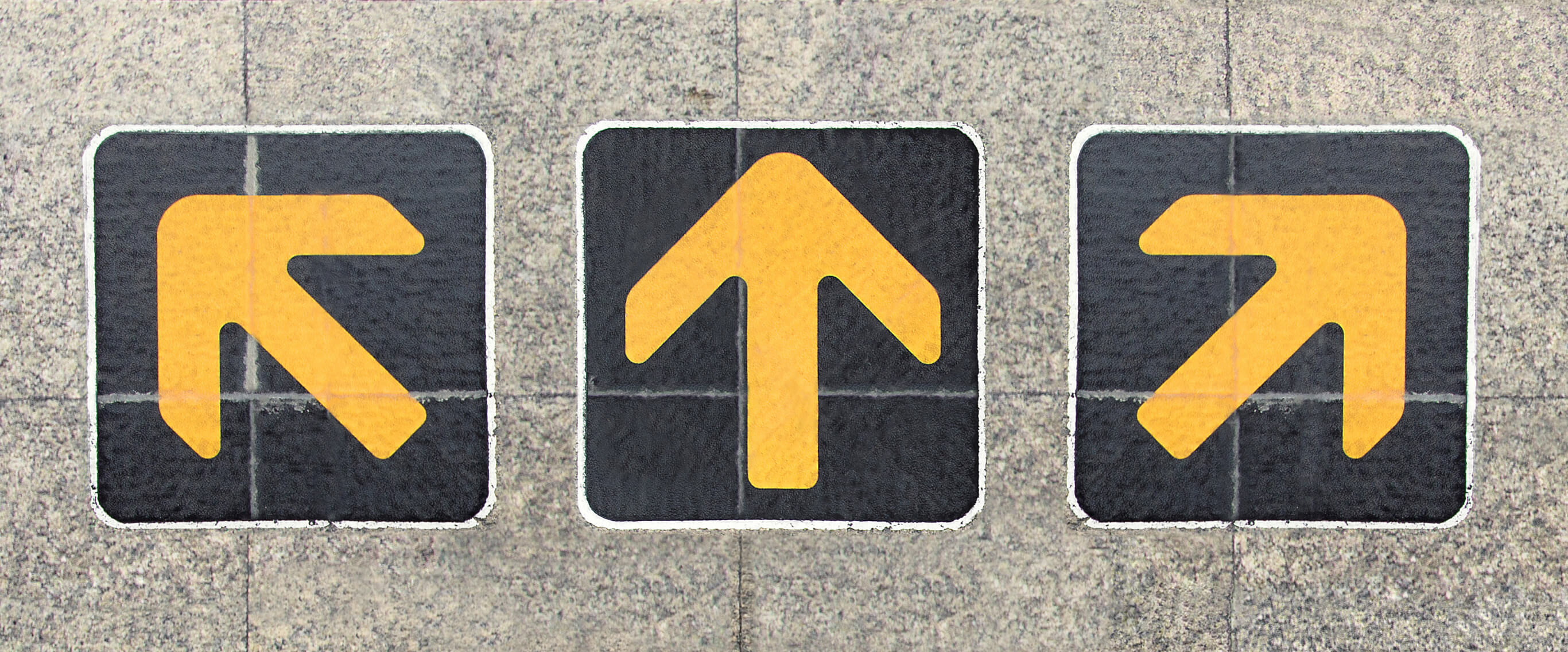
How Adaptive Case Management Works
As data shows, only 20% of business processes are well-structured and suitable for comprehensive automation. The ...
Read more

Smart Hospitality in a Digital World
Housekeeping and maintenance are key cost factors in hotel operations. From the foyer to the bedroom, ensuring a perfect ...
Read more

The Customer as the Driving Force Behind Digital Transformation
The paradigm shift brought about by digitalization demands the automation and optimization of business processes, and ...
Read more

Companies Have to Know What Customers Will Need in the Future
If a company wants to continue being successful in the future, it is crucial to place customers and their needs at the ...
Read more

Digital Transformation Instead of Disruption
Transformation is one thing, disruption another. The former is necessary, the latter a regrettable consequence. Both are ...
Read more

Implementing Resilience: Business Continuity Through Digitalization
In today’s rapidly evolving technological landscape, resilient business processes and robust IT infrastructures are ...
Read more

Navigating the Automation Jungle: RPA, DPA, and Hyperautomation
In today's fast-paced digital landscape, terms like robotic process automation (RPA), digital process automation (DPA), ...
Read more

Biocare Medical Digitalizes Drug Approval Quality Assurance
High costs as well as high risks to health: Quality assurance is one of the most critical processes during the approval ...
Read more

BPM and RPA: The Perfect Match!
Robotic Process Automation (RPA) is no longer just an IT trend. According to recent reports, the majority of large and ...
Read more

Leasing on Call: A Contract in 15 Minutes
The automotive market has been undergoing a significant transformation over the past few years. More and more people are ...
Read more

Enhancing Digitalization in HR Departments
Digital business platforms are pivotal in the digital transformation of processes, yet many HR departments are still ...
Read more

The Lego Kit for Digital Transformation
One thing is certain: digital data processing is indispensable for companies today. However, the approach to ...
Read more

Digital Assistants for Efficient Operations
When talking about the automation of business processes, the term robotic process automation (RPA) is indispensable. In ...
Read more

Smart Employee Onboarding: Welcome on Board
In today’s business world, companies must react quickly, and new staff need to be brought up to speed rapidly to ...
Read more

Enhancing B2B Sales Through Recommendation Management
Digitalization offers immense potential, particularly in lead generation for sales. However, despite its clear ...
Read more

News
31
Jan
23
Good, Better, AI-optimized Processes
Identifying and Exploiting the Potential for Optimization in Business Processes Over half of automated business ...
Read more

Maximizing Value Through Strategic Digitalization
Times are changing, and companies have learned this firsthand since the start of the COVID-19 pandemic. The virus has ...
Read more

4-Step Guide to Digitalizing Your Company with Automated Business Processes
Many companies are currently facing significant challenges due to the increasing complexity of their processes. To ...
Read more

Digitalization of the Building Material Industry
In the course of the digitalization of the building materials industry, the automation of business processes ...
Read more

Digitalization of Utilities and the Energy Industry
In the course of the digitalization of utilities and the energy industry process automation is increasingly becoming a ...
Read more

The Company of the Future Is Autonomous
Even four years after the start of the COVID-19 pandemic, many companies and their processes remain tightly bound to ...
Read more

End-to-End Digitalization: A Foundation for Success
In the fast-paced digital era, companies face immense pressure to adapt to new competitors and evolving customer ...
Read more

Valuable Data For Predictive Maintenance
Enhancing Efficiency and Customer Satisfaction As required by the paradigm shift in digitalization, the automation and ...
Read more

The Process Automation Platform for Dummies
Confused by terms like DPA, UX design, RPA, and low-code? Technologies and platforms for process automation are ...
Read more

News
25
Oct
22
The Next Generation of Process Automation
Axon Ivy's latest process automation solution, Version 10, introduces a host of significant enhancements designed to ...
Read more
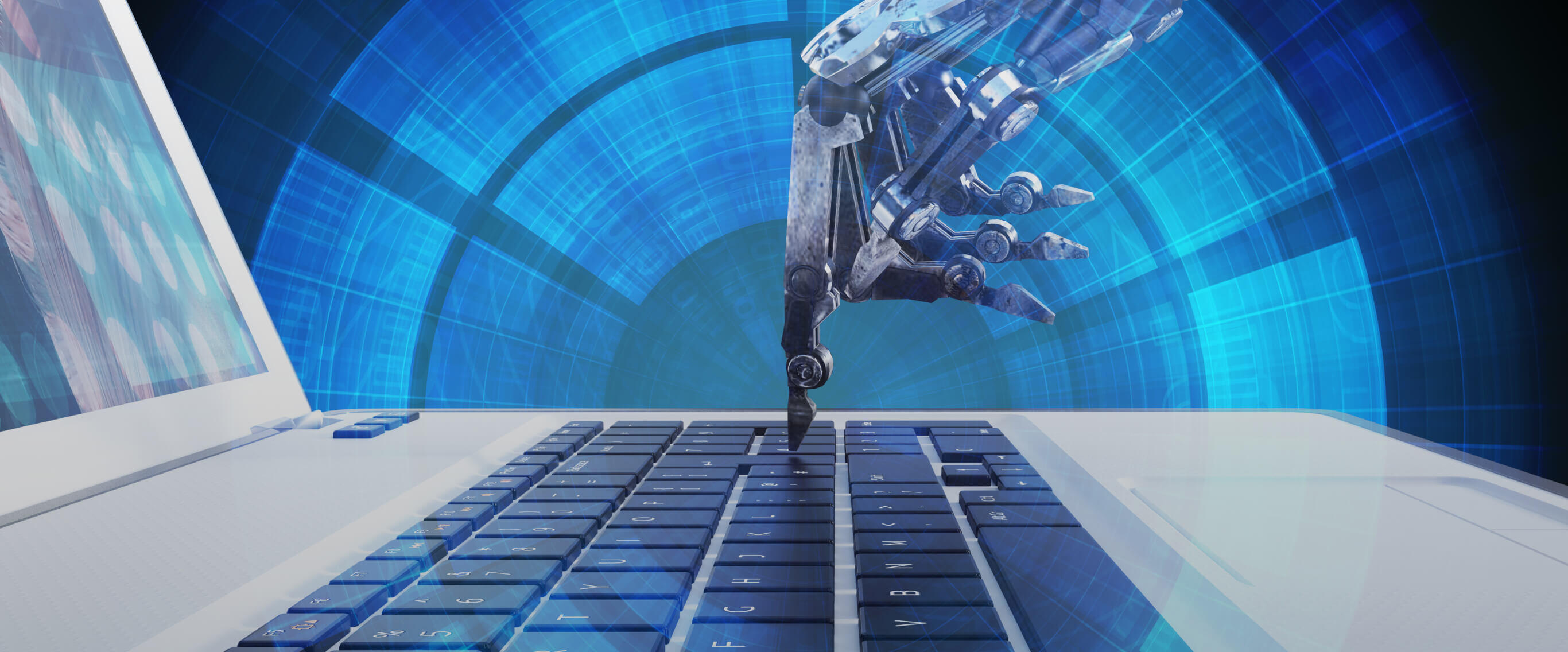
Focusing on the Interaction Between Different Automation Technologies
Hyperautomation is set to be a leading technology trend in the coming years. It plays a crucial role in the digital ...
Read more

3 Approaches to Building a Digital Company
Digital transformation promises simpler and more efficient processes within a company. There are many ways to achieve ...
Read more

5 Forces of Successful Digital Transformation
With an open corporate culture, ample experience, and the right technology, digital transformation might seem easy. But, ...
Read more

News
04
Jul
22
Building Materials & Construction Machinery Industry: Process Automation Increases Productivity
Automation Experts from Axon Ivy at the Bauma Trade Fair Construction sites are becoming increasingly digital. Machines ...
Read more

News
31
Jan
22
Axon Ivy Joins The Ricoh Group
Leading Swiss Digital Process Automation Specialist Axon Ivy AG Announces Acquisition by the Ricoh Group With over two ...
Read more

News
25
Jan
22
Axon Ivy Recognized in Digital Process Automation Software, Q4/2021 Report By Independent Research Firm
Analysts Rank Axon Ivy Among the Top 14 Vendors in the Sector Axon Ivy was among the select companies invited by ...
Read more

News
21
Apr
20
Axon Ivy and Business Partner Technatomy Digitize the Federal Market
Digitization Becomes Reality – Digital Process Automation for the Federal Market The demand for digital process ...
Read more

News
26
Mar
20
ISO 9001: Axon Ivy Thoroughly Tested
We Are Tested and Certified ISO 9001 is the most widely recognized national and international standard in quality ...
Read more

News
17
Mar
20
Axon Ivy AG and FROX AG Establish a Strategic Partnership
Digitalizing Business Processes and Enhancing Workflows Axon Ivy AG and FROX AG have formed a strategic partnership ...
Read more

News
22
Oct
19
Axon Ivy Announces Partnership with Blue Prism
Axon Ivy Enters Technology Partnership with Leading RPA Vendor Blue Prism Axon Ivy has partnered with Blue Prism to ...
Read more

News
22
Sep
19
Digitalization For Consumer Protection Organizations
Axon Ivy Supports the North Rhine-Westphalia Consumer Protection Center in Its Digitalization Strategy Digitalization ...
Read more

News
15
May
19
Axon Ivy is Recognized Again in Gartner’s Magic Quadrant
The Magic Quadrant for Intelligent Business Process Management Suites Confirms Axon Ivy as a Key Market Player. Axon Ivy ...
Read more

News
09
Apr
19
Axon Ivy Is a "Strong Performer" on the Forrester Wave For Digital Process Automation
Axon Ivy: A Leading Provider in Company-Wide Digitization and Automation of Business Processes The independent market ...
Read more
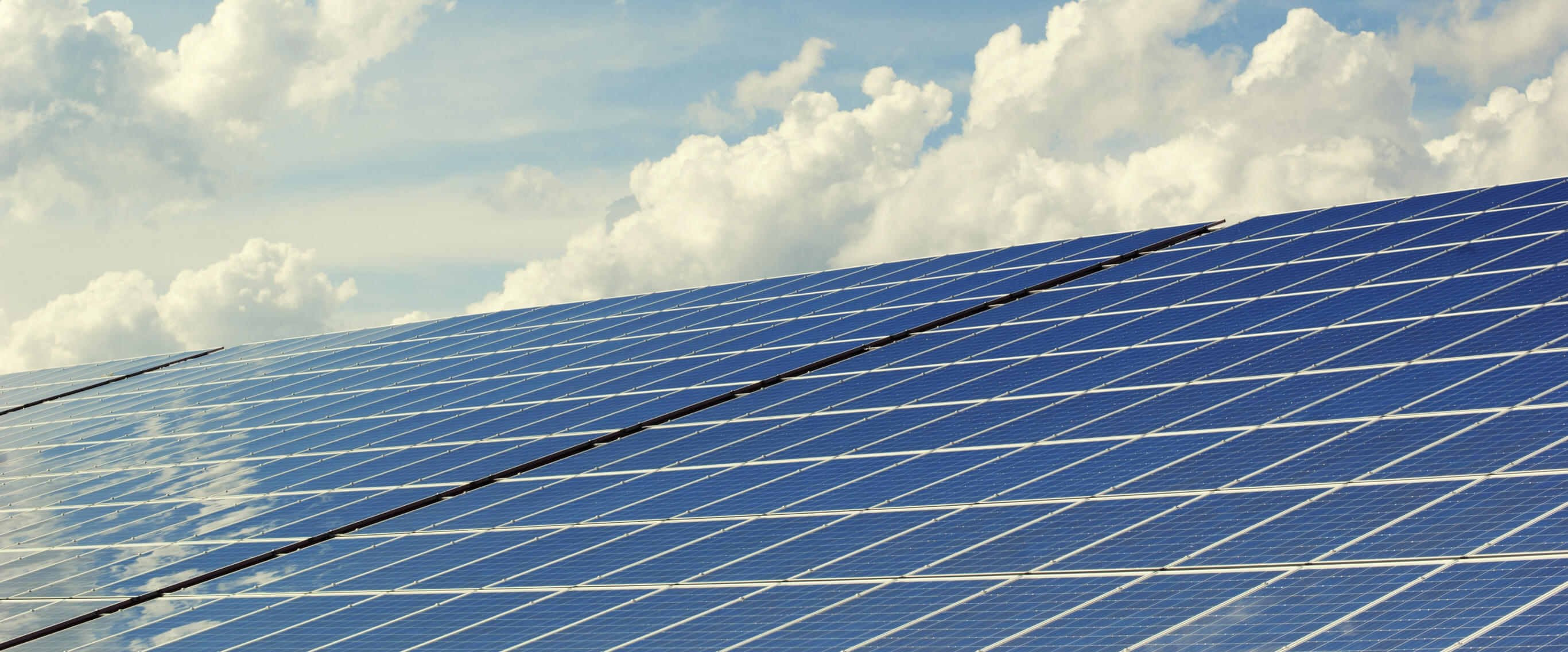
News
17
Nov
18
Axon Ivy Exclusively Distributes the epilot eCommerce Cloud in Switzerland
A Step Ahead in the Swiss Energy Market Axon Ivy is proud to exclusively distribute the intelligent epilot eCommerce ...
Read more